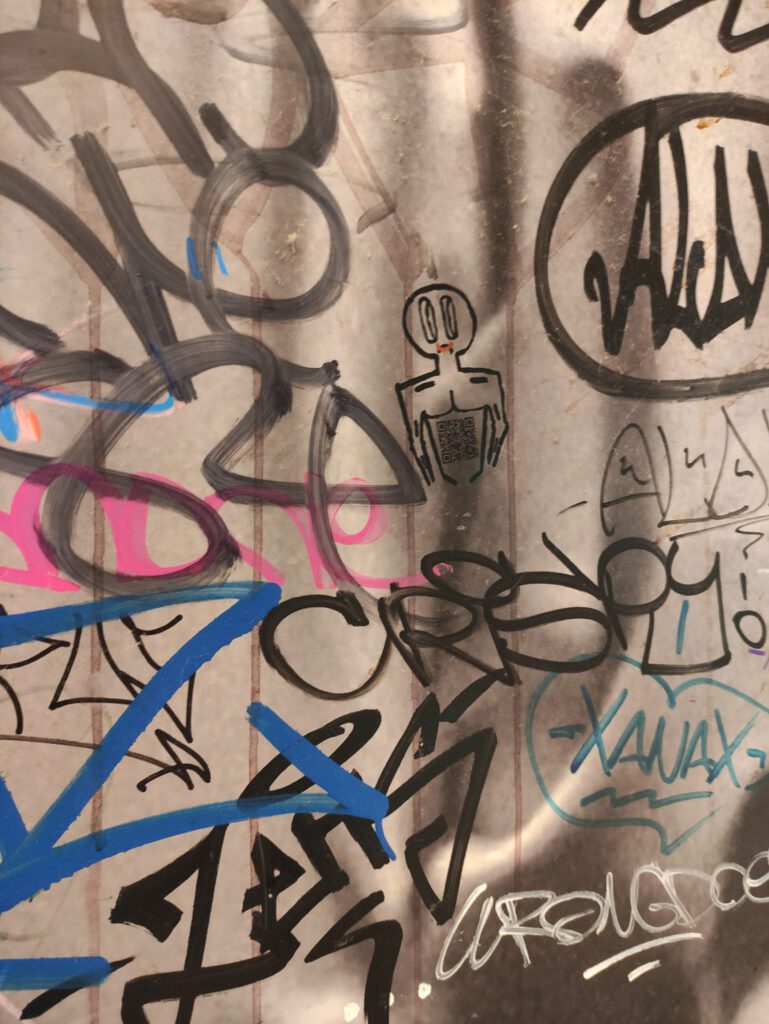Wall Chaos Graffiti: The Art of Unfiltered Expression
Wall chaos graffiti, an exuberant and unrestrained form of street art, transforms urban landscapes into vibrant, chaotic canvases. This style is characterized by its intense energy, intricate layers, and the seamless blending of diverse elements, capturing the raw essence of urban life.
The Essence of Wall Chaos Graffiti: Wall chaos graffiti stands out for its complexity and intensity. Unlike more controlled and uniform graffiti styles, it embraces a wild and unplanned aesthetic. Artists use a variety of techniques and mediums, including spray paint, markers, and stencils, to create dense, multi-layered compositions. The result is a visual explosion that reflects the chaos and dynamism of city life.
Origins and Evolution: The roots of wall chaos graffiti can be traced back to the early days of graffiti in the 1970s and 1980s. In cities like New York, graffiti artists began to cover entire walls with intricate designs and colorful patterns. This style quickly spread to other urban centers, where artists added their own local influences and cultural motifs.
Artistic Techniques: Creating wall chaos graffiti involves a combination of skills and spontaneity. Artists layer different elements, such as tags, throw-ups, pieces, and characters, on top of one another. They use various colors, textures, and patterns to build depth and complexity. The chaotic nature of this style allows for greater freedom and creativity, resulting in unique and unpredictable artworks.
Cultural Impact: Wall chaos graffiti is more than just a visual spectacle; it is a powerful form of social and cultural expression. It gives voice to marginalized communities, allowing them to reclaim public spaces and make bold statements. This style often addresses social issues, political themes, and personal narratives, resonating with diverse audiences.
Notable Artists and Works: Many graffiti artists have embraced the chaotic style, each bringing their own flair and perspective. Artists like Futura 2000, known for his abstract and experimental approach, and Swoon, whose intricate paper cutouts and wheatpaste installations add a unique touch, have made significant contributions to this genre. Their works, often found on the walls of major cities, showcase the limitless possibilities of wall chaos graffiti.
Public Perception and Legal Challenges: As with other forms of graffiti, wall chaos graffiti exists at the intersection of art and vandalism. Public opinion varies, with some viewing it as a form of urban blight and others appreciating its artistic value and cultural significance. Legal challenges persist, but many cities are beginning to recognize the positive impact of street art and are creating legal spaces for artists to work.
Future Trends: The future of wall chaos graffiti is bright, with new artists and styles continually emerging. The rise of digital tools and social media has expanded the reach and influence of graffiti artists, allowing them to share their work with a global audience. Collaborations between artists from different backgrounds and cultures are also enriching this art form, leading to innovative and exciting developments.
Conclusion: Wall chaos graffiti embodies the spirit of unfiltered expression and urban creativity. Its vibrant, multi-layered compositions capture the essence of city life and challenge conventional notions of art. As this dynamic art form continues to evolve, it will undoubtedly leave a lasting impact on the cultural and visual landscape of urban environments.
